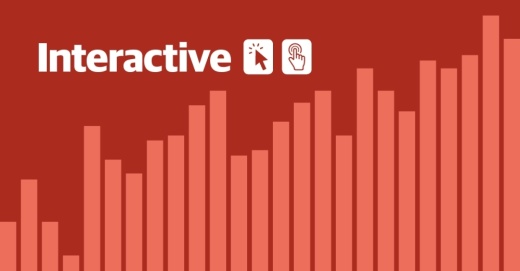Statewide, results show a 4% decline in the percentage of students reading at or above grade level from 2019 and a 15% decline in Texas students doing math at or above grade level. There were also decreases in subjects such as social studies, biology and history—while English courses proved to a bright spot and area of statewide improvement.
GCISD saw its largest performance decline in seventh-grade math with the fail rate of students jumping from 24% in spring 2019 to 46% in spring 2021. Third- and fourth-grade math also took a hit, jumping from 13% to 27% and 17% to 33%, respectively.
GCISD could be immediately reached for comment in time for the publication of this article. CISD’s results did not mimic the large declines seen statewide. Performance declines were largely only by a few percentage points—and in some cases just a single percentage point—with a 5% change in fourth-graders not meeting expectations in reading from 2% to 7% standing out as the largest increase.
In a statement to Community Impact Newspaper on June 24, upon the release of the preliminary results, CISD Superintendent Lane Ledbetter said the district will continue working on addressing any learning loss resulting from the pandemic.
“Our teachers have worked incredibly hard during the past 18 months to ensure our students excel in all subject areas and our results demonstrate their commitment to our legacy of excellence. While we see very little change, we always want to achieve at the highest levels,” he said in an email. “Our focus for this coming school year is that every instructional minute matters to ensure that every Dragon achieves their highest hopes.”
In a statement, the TEA said the learning disruptions caused by COVID-19 have led to an increased number of students not meeting grade-level expectations from 2019—across all subject areas and grade levels.
During a press conference, TEA Commissioner Mike Morath said "the performance decline is noticeable" and described the numbers as “all very accurate in terms of the conclusions one would draw.”
“I think far more important for individual families, for every child that we have STAAR results from—that allows educators and parents themselves to build action plans to support those students moving forward in terms of their literacy and numeracy,” he said. The TEA attributes greater degrees of decline in approaching grade level with a higher percentage of students learning virtually.
CISD saw a majority of its students return to in-person instruction early on. According to district numbers from March 22, around 52.61% of students had opted for in-person learning during the first grading period, later increasing to 69.9% by the fourth grading period.
GCISD had 49.44% of its students return to in-person instruction during the first grading period. By the fourth grading period, 70.8% of students had returned to campus.
Morath emphasized remote learning appeared to contribute to some learning loss, regardless of a student’s household income level.
“What we know now with certainty is that the decision in Texas to prioritize in-person instruction was critical. Where we saw very high rates of in-person instruction, we saw almost no reading declines,” Morath said.





